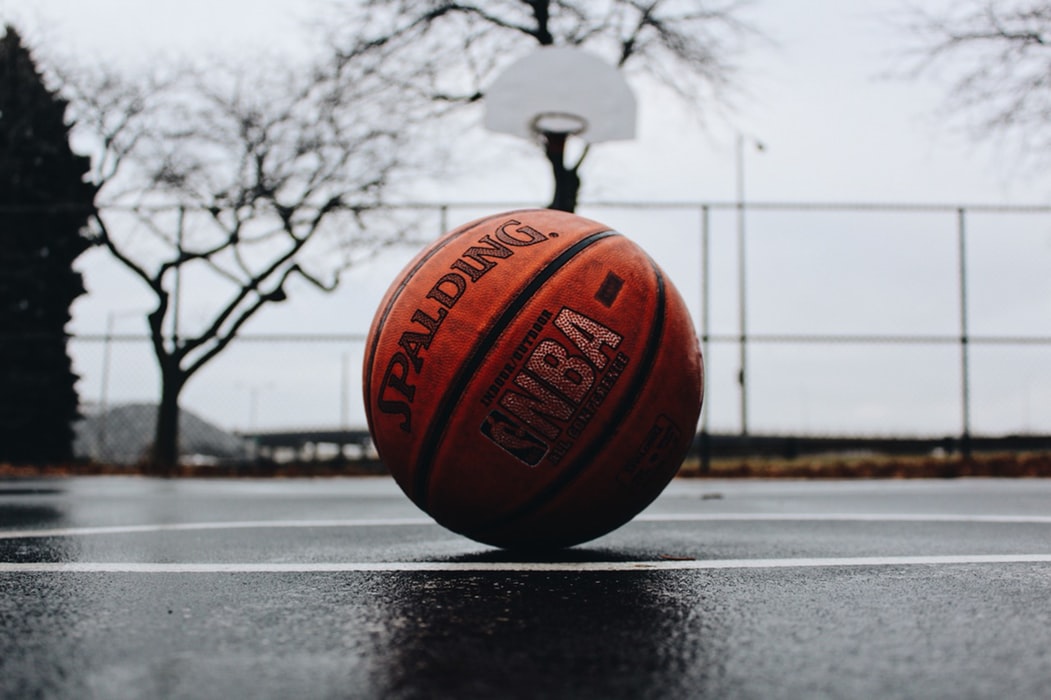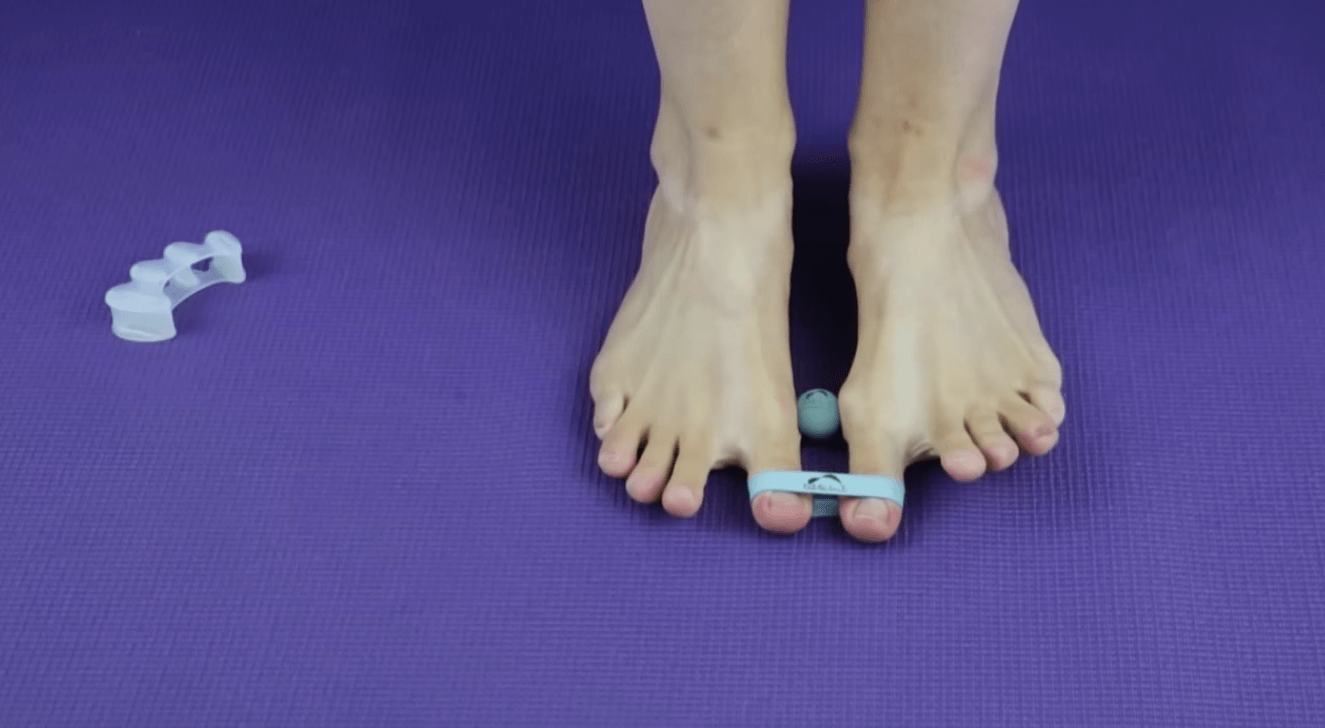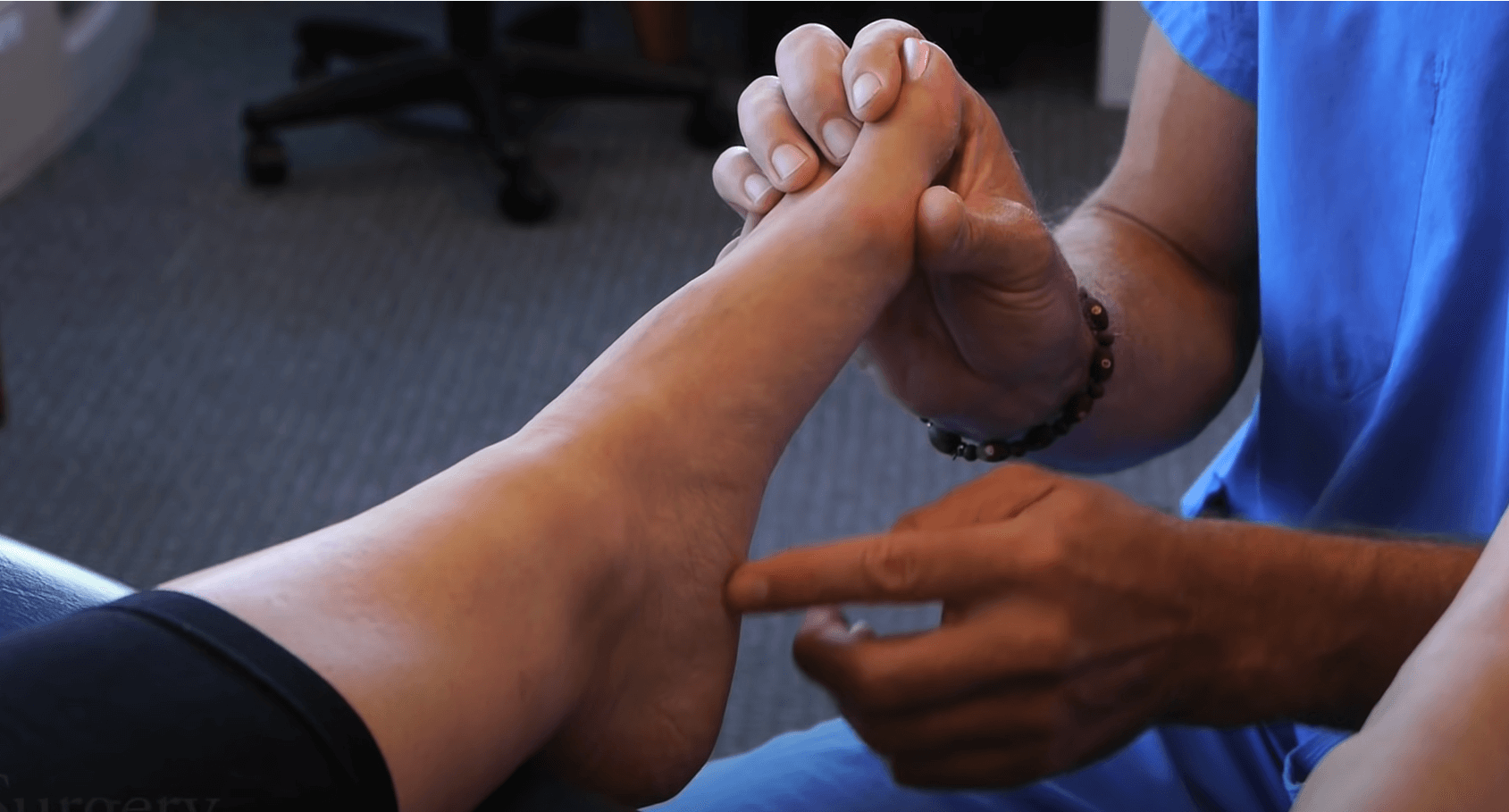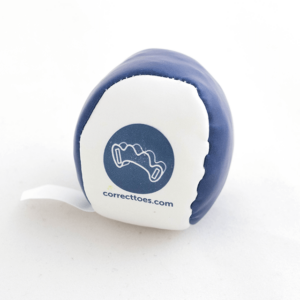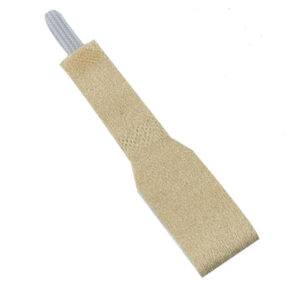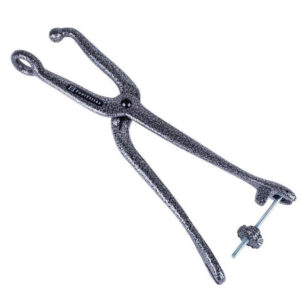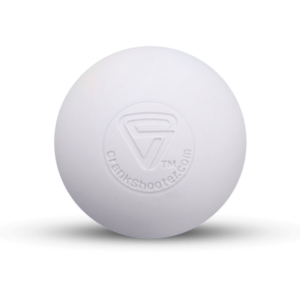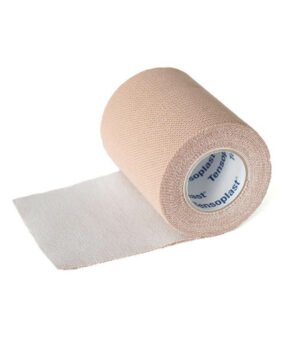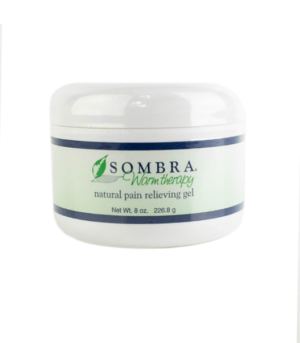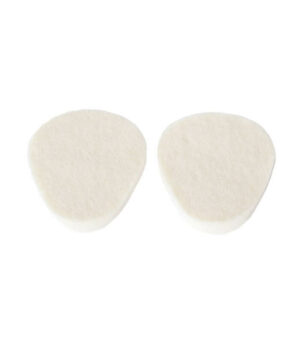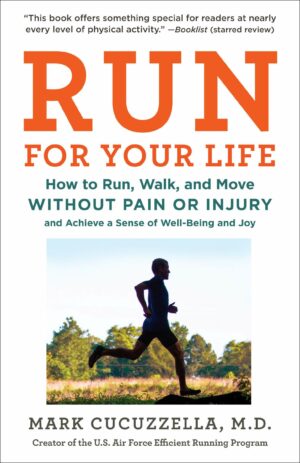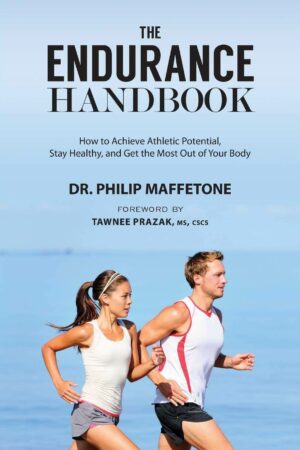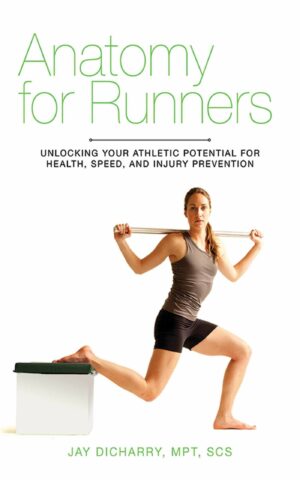Here is a Correct Toes guide to help keep the basketball players’ feet high functioning and healthy on and off the court. What can Correct Toes do for your basketball game? Align. Strengthen. Restore. Correct Toes were designed by elite distance runner and progressive sports podiatrist, Dr. Ray McClanahan, DPM, and will help to reposition the toes into proper anatomical alignment, promoting balance and stability. These structural changes create a wider base of support, improving balance, proprioception, gait and posture. Correct Toes encourages the foot to move, flex and bend as nature intended. As muscles strengthen, the foot is able to support itself, eliminating the need for artificial arch support and orthotics. This flexible, comfortable, and durable device helps your foot become stronger, which allows you to recruit more power for propulsion, and it helps make your foot more adaptive, so that you can better avoid sloppy footfalls that lead to acute trauma or chronic stress injuries. Ultimately, Correct Toes helps to restore foot function and relieve foot pain so your feet, and your game, can reach their full potential. While there currently aren’t any Correct Toes Approved™ basketball shoes that are an ideal option for wearing Correct Toes during game play (we tackle that issue in this post: Basketball and Natural Footwear Options), Correct Toes are a fantastic addition to any basketball players training and/or recovery regimens. Several NBA, NFL, and NCAA teams agree!
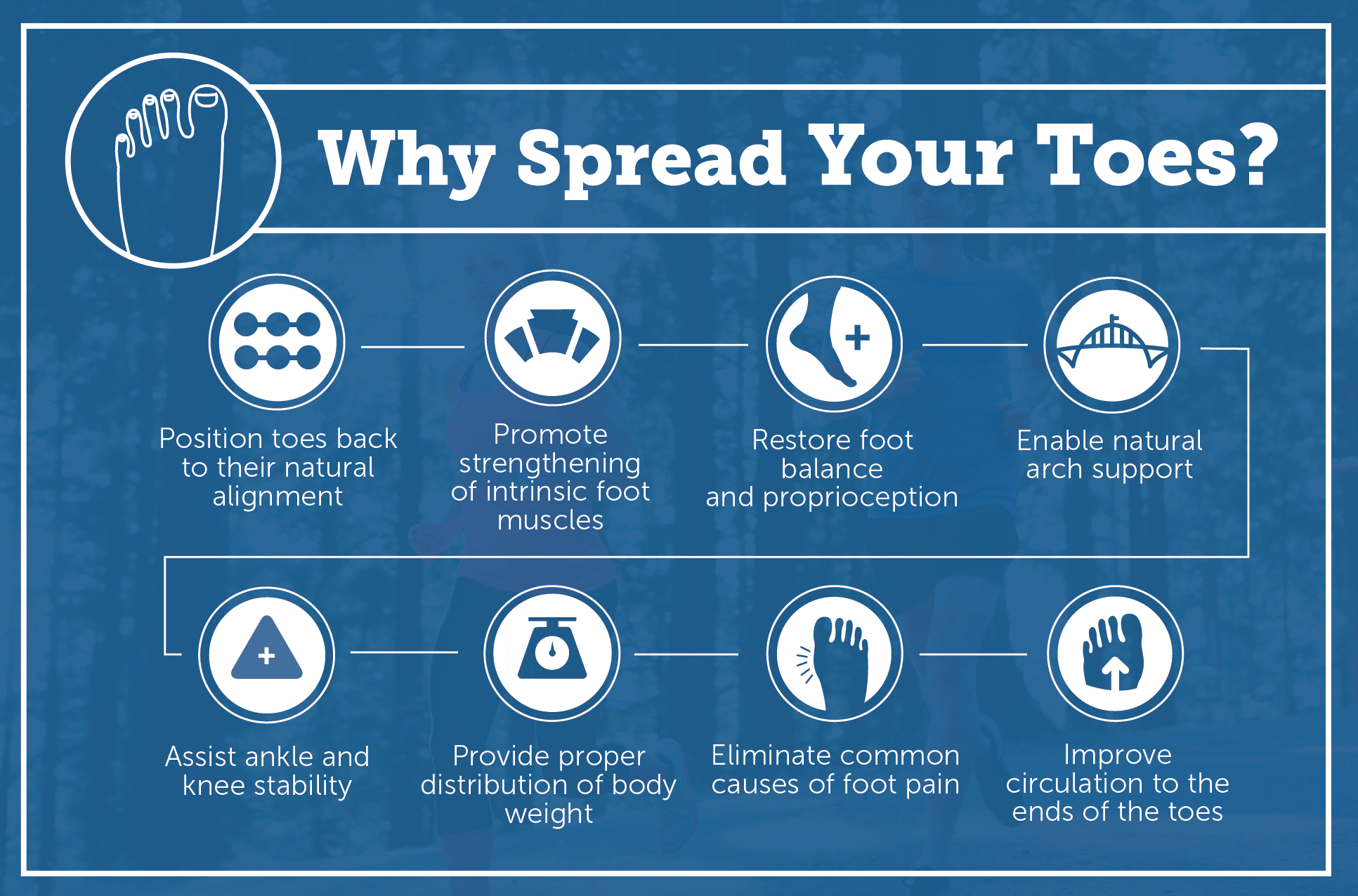
Better Balance
“The key to being a good shooter is balance. Everything follows balance.” – Larry Bird, Interview with Esquire Magazine from August 26, 2008.
Balance alone is defined as the ability to maintain center of mass stability over a support base, whereas dynamic balance is the ability to maintain center of mass stability with movement—a more accurate and relevant measurement for athletes as well as everyday life. Balance is fundamental to all movement and athletic endeavors. It is a critical component to both optimal performance and injury prevention. Structural alignment is the first component of improving balance. When your toes are spread out, and the tips of your toes are the widest part of your foot, the shape of your footprint is vaguely triangular. Together, these points form a “hexapod,” where the foundation of the foot is formed from the heel to the tips of all five fully-functioning toes, and provides structural stability from the ground up to the ankle, leg, and the entire body. Many other people in the foot industry use the term tripod to describe the heel, first and fifth metatarsals, as the foundations, however we find this negligent because of how important the toes are for balance, stability, and movement. The wider your toe splay, the greater your balance will be. In contrast, when the toes are squeezed together by narrow shoes, the strength of the hexapod alignment is compromised. Constricting the toes in this way largely contributes to the need for arch support because the foot is put into an unstable position and therefore needs external support. If the toes are allowed to spread and the foot can function naturally, the support is inherently there, providing the foundation for better balance.
Correct Toes returns your toes to their proper anatomical position, improving your balance and distributing the force of body weight more evenly over the surface of your foot. Correct Toes allows you to grip the ground with a wide toe splay, so you can cut harder, and start and stop sprinting with more agility. Sitting deep in a defensive stance, the improved balance from Correct Toes will help you fluidly shuffle and slide, side to side, keeping offensive players in front of you and stopping any attempts at ankle-breaking moves. Additionally, Correct Toes can also help you to maintain balance as you cross-over your opponent, and strong, stable feet will help a shooter to square up a shot from a sturdy, wide base.

Stronger Feet
Correct Toes encourage development of intrinsic foot muscles (plantar arch muscles), a group of muscles that originate at your heel bone and attach to your toes. Intrinsic foot muscles are important because they provide dynamic support for your medial longitudinal arch. Most people who are chronic wearers of conventional footwear possess intrinsic foot muscles that are either atrophied or simply not performing up to their potential due to insufficient recruitment and use. Conventional footwear essentially immobilizes your intrinsic foot muscles, due to the rigid soles and built-in arch supports included in many traditional shoes and strips them of their vitality and resiliency. With your toes in their proper anatomical position, your intrinsic foot muscles fire more frequently, become stronger, and improve the integrity of your main foot arch. When the big toe is displaced inwards, the ankle pronates and the medial longitudinal arch falls flat onto the ground. Alternatively, when the big toe is splayed wide, as nature intended and as Correct Toes helps to facilitate, the ankle remains stable and the medial longitudinal arch is maintained. An athlete needs their arches to be strong and to act like a natural spring. Arch mobility and strength contribute significantly to acceleration, balance, speed, and strength. It is important to properly align the toes to their correct anatomical position before or while strengthening the intrinsic foot muscles. Realigning the toe bones to help the intrinsic foot muscles do their best work is the first step in strengthening the plantar arch muscles. Performing intrinsic foot muscle strengthening exercises when the toes are misaligned only serves to strengthen the misalignment. This video demonstrates some exercises for strengthening intrinsic foot muscles.
The simplest way to strengthen your feet is to allow them to move as they were naturally designed. Performing weight-bearing activities while wearing Correct Toes ensures that your feet are held in an aligned position, so while you give your feet a workout by walking, running, playing basketball, etc., they are doing so in proper form. Please see our articles on wearing Correct Toes while being active and while working out. Here are some videos with foot strengthening exercises and exercises you can to do while wearing Correct Toes to improve balance, stability, and lower extremity strength.
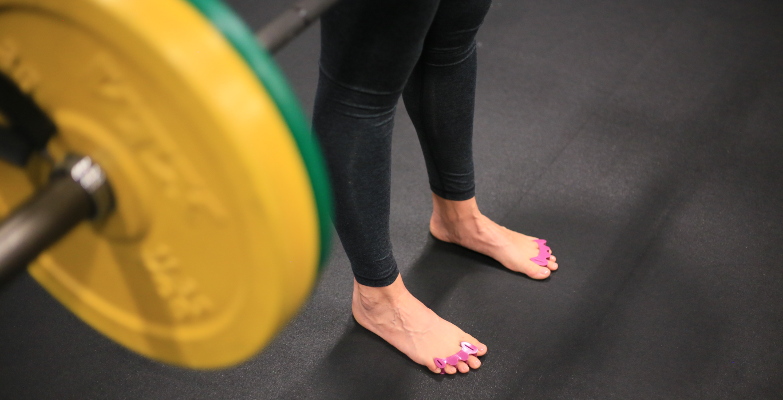
Injury Prevention
Your feet are your body’s foundation. Having a solid and stable foundation is critical in ensuring the health and well-being of your musculoskeletal structure. Without a stable foundation, you expose yourself not only to foot and ankle problems, but also to knee, hip, and low back issues. A strong and resilient foot ensures that you’ll be able to stand up to any physical challenge life throws at you, especially when participating in athletic competition. When your foot bones and joints are in healthy alignment, and your foot muscles are strong yet flexible, your performance goes up and your chance for injury goes down. Correct Toes helps you to achieve this state while also improving balance and stability. A wide toe splay, such as one facilitated by Correct Toes, can help to prevent overpronation as well as both inversion and eversion ankle sprains. Pronation, when your arch moves towards the ground, is a natural movement that helps to absorb impact while walking or running. However, when the big toe is deviated inwards towards the other toes, as it often is due to conventional shoes with tapered toe boxes; this leads to overpronation, causing the foot to significantly roll inward, the arch to collapse, and the lower leg to rotate inward, as the ankle goes into eversion. When the big toe is naturally splayed wide, it prevents overpronation and provides efficient propulsion when walking, running, and jumping. See this video by Dr. Ray McClanahan on pronation vs. overpronation. You can test this out on yourself right now:
- – With your hand, move your big toe inward and place it up on top of your second toe. Stand up and try to roll your foot and lower leg inward, placing your arch flat on the ground – this is overpronation.
- – Now, with your hand, splay your big toe as wide as you can away from your other toes (or put on an anatomical toe spacer like Correct Toes). Try to roll your foot and lower leg inward.
- – Can you see and feel the difference? Your foot and ankle are significantly more stable with your toes splayed wide as nature intended.
Although the 5th toe is much smaller, the same principles apply to the outside of the foot and preventing inversion ankle sprains. This obviously has downstream effects on the entire kinetic chain, with impacts on gait, the knees, hips, and back.
Splaying your toes fully also helps to spread body weight over a greater surface area on the sole of your foot and reduces point pressure on just one aspect of your foot (i.e., the ball of your foot). Reducing pressure on the ball of your foot helps reduce your chances of developing common forefoot problems, including neuromas and stress fractures. Strong arches and intrinsic foot muscles combined with correct anatomical alignment help to effectively and evenly absorb impact, improving the endurance of your feet and reducing susceptibility to stress fractures.
Correct anatomical alignment also helps to prevent sesamoiditis. Sesamoids are two small, corn kernel-sized bones, situated under the base of your big toe, that play an important role in big toe function, particularly in improving the ability of your big toe flexor tendons to transfer force from your lower leg muscles to the base of your big toe. The big toe and its flexor tendon are critical for propulsion, as in running and jumping. When your big toe is properly aligned with your first metatarsal bone, your sesamoids are also properly aligned and function the way nature intended; that is, providing both mobility and stability. Conventional footwear with narrow toe boxes tends to displace the big toe flexor tendon and the sesamoids inwards towards the midline of the foot, resulting in pain and inflammation.
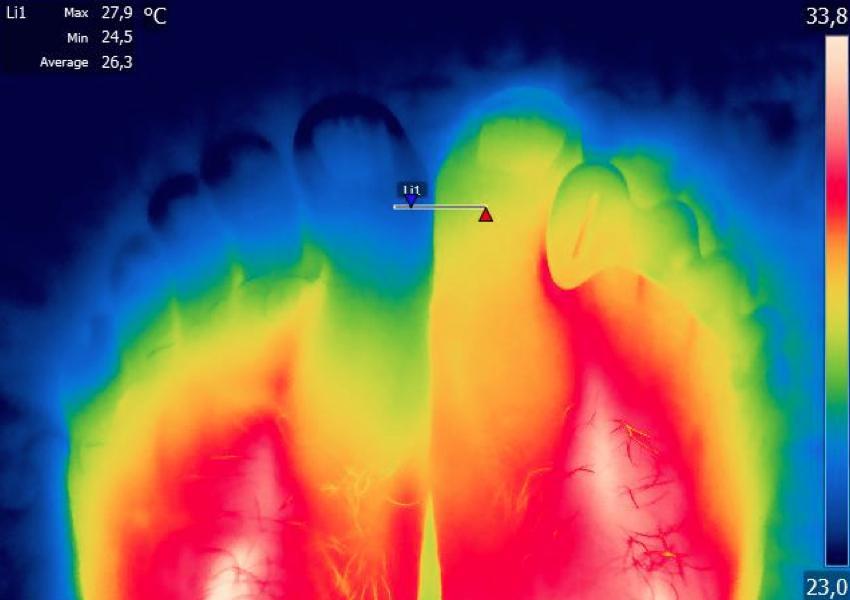
Improved Circulation
Foot and toe circulation matters because it directly affects the health of foot and toe tissues. Fresh, oxygenated blood needs to reach all the foot’s tissues via the small arteries in the feet and toes, and deoxygenated blood carrying harmful metabolic byproducts needs to get flushed out of the foot. Blood vessels run alongside nerves in many parts of the body, including the feet. In the foot, these structures travel together between the metatarsal bones—the long bones in the midfoot. Both the nerves and the blood vessels branch at the base of the toes before sending oxygen-rich blood to the toe tissues. Enabling natural toe splay is vitally important in ensuring optimal circulation and nerve function in the forefoot and toes. Most conventional shoes possess toe box taper, a design feature that compresses the metatarsal bones and squeezes the bundles of nerves and blood vessels that lie between. Correct Toes helps improve blood flow and nerve health in this part of the foot by opening up nerve and blood vessel channels and reducing the effects of pinch forces associated with prolonged conventional footwear use.
The plantar fascia, which receives blood from the posterior tibial artery, is particularly affected by the big toe malposition influenced by narrow toe boxes. This big toe deviation causes excess tension in the abductor hallucis muscle and the flexor retinaculum, which compresses the posterior tibial artery and vein, limiting circulation to the plantar fascia. Insufficient circulation to the plantar fascia results in dead tissue and eventually, plantar fasciosis. Correct Toes helps to anatomically align the big toe, reducing the tension on the abductor hallucis and the flexor retinaculum, restoring healthy circulation to the plantar fascia and the rest of the foot.
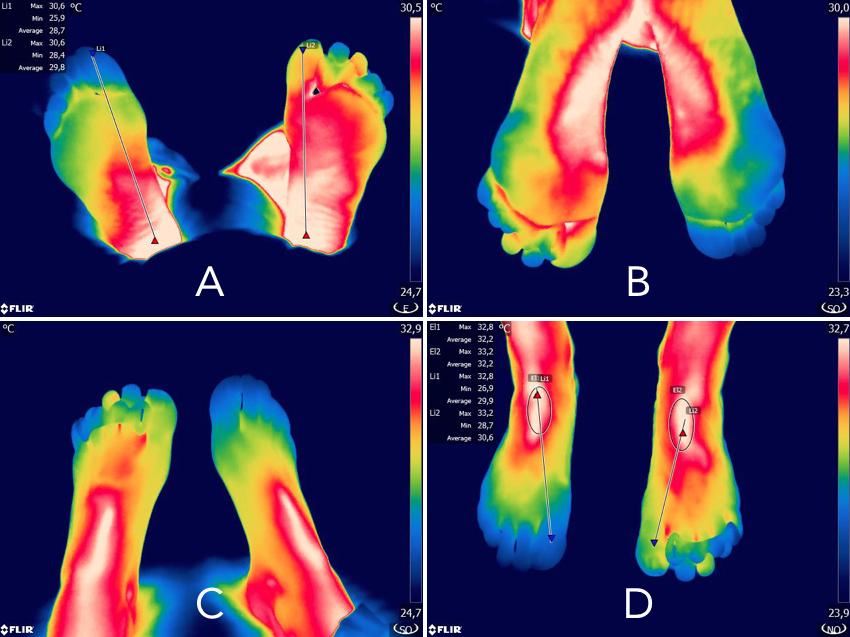
Correct Toes are an excellent tool for anyone who has interest in taking good care of their feet, especially athletes. Correct Toes guides the toes into proper anatomical alignment, improving balance and stability, and encourages the foot to move, flex and bend as nature intended. Correct Toes® helps to strengthen and stabilize the feet to prevent injury, while the improved circulation facilitates the recovery process. If you’re a basketball player looking for an extra edge to up your game on and off the court, Correct Toes is the device for you.
Click here to view different ways to customize and modify Correct Toes to your unique foot.
See this post for more natural foot health tools that can help your game and your recovery, including:
- – Sp1ke Mat for improved proprioception
- – MOBO Wobble Board for strengthening your feet and lower legs while improving balance
- – Sombra Warm Therapy Cream for pain reduction and recovery as well as warming up before activity by bringing heat and vasodilation to the area
- – Hyperice Hypervolt massage tool for pain and muscle stiffness
- – Zensah Compression Sleeves for the ankle, ankle/calf, calf, and knee to increase circulation, reduce swelling, and provide support to muscles
- – Lacrosse ball to massage muscles and fascia for sore feet
- – Strengthening hacky for foot strengthening exercises
Basketball and Natural Footwear Options
Common Basketball Injuries and Conservative Treatment
Written by: Dr. Andrew Wojciechowski, ND
If you’re seeking more individualized foot health care and would like to work with Dr. Andrew directly, you can schedule at Northwest Foot and Ankle.
Schedule a virtual remote consultation with Dr. Andrew Wojciechowksi, ND.
Schedule an in-person appointment with Dr. Andrew Wojciechowski, ND at Northwest Foot & Ankle in Portland, OR.


